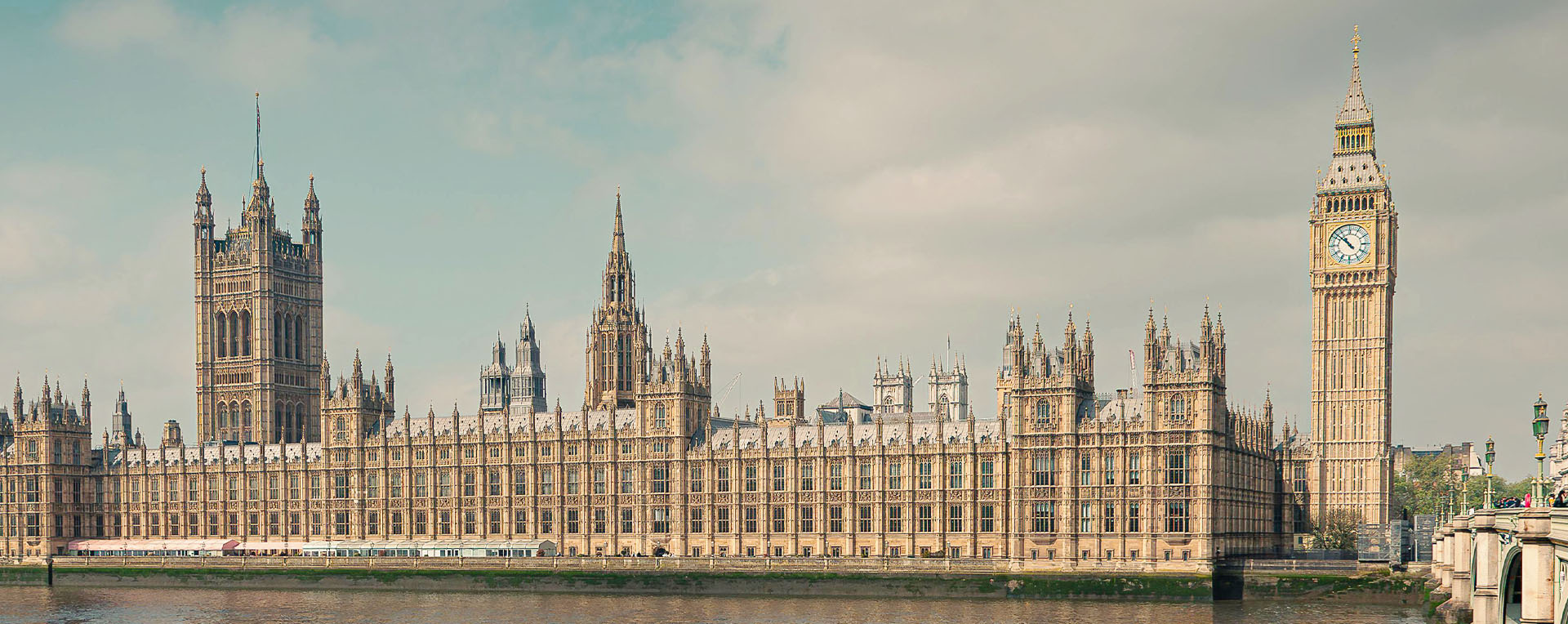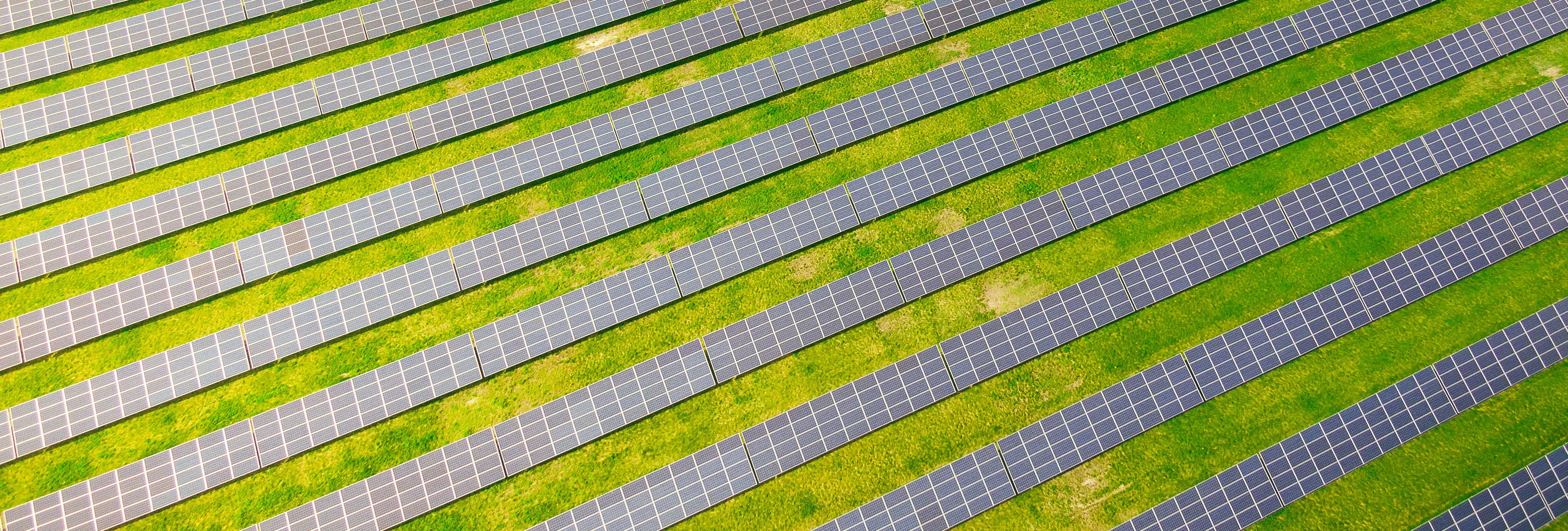“Green Development in the Grey Belt”
A revised National Planning Policy Framework (NPPF) was published in late 2024, to much fanfare. There was particular enthusiasm regarding the introduction of the “grey belt” concept -
see this blog for a detailed analysis of the new policy.
At the time of publication, much of the noise around grey belt in popular press coverage focused on how this was designed to increase housing delivery and how this concept would lead to urban sprawl, open the floodgates to housing anywhere and everywhere and would concrete over the countryside etc. etc. (all the familiar, usually unfounded, arguments that are rolled out on these occasions).
But, what about energy projects…?
Prior to the publication of the latest NPPF, it was the case that, where energy projects were proposed in the Green Belt, they would likely constitute “inappropriate development” and therefore would not be approved except in “very special circumstances”.
Whilst “very special circumstances” could be demonstrated in some cases and energy schemes were approved, it was inevitably the case that a number of energy schemes were either refused, or did not get past the site appraisal stage, given that the “very special circumstances” case was either not accepted by the decision maker or a commercial decision was made not to proceed with a scheme, given the ‘high bar’ of the “very special circumstances” test. As a result a number of schemes may never have seen the light of day – or bask in rays from the sun, in the case of solar schemes!!
The introduction of the “Grey Belt” very much changes things. Specifically, NPPF paragraph 155 which indicates that,
“The development of homes, commercial and other development in the Green Belt should also not be regarded as inappropriate where:
- The development would utilise grey belt land and would not fundamentally undermine the purposes (taken together) of the remaining Green Belt across the area of the plan;
- There is a demonstrable unmet need for the type of development proposed;
- The development would be in a sustainable location, with particular reference to paragraphs 110 and 115 of this Framework; and
- Where applicable the development proposed meets the ‘Golden Rules’ requirements set out in paragraphs 156-157”
(our emphasis)
Footnotes 56 and 57 are applicable to Criterion b and c – neither apply to energy developments (as they relate to housing and traveller site developments respectively).
The Grey Belt is defined in the NPPF as;
“… land in the Green Belt comprising previously developed land and/or any other land that, in either case, does not strongly contribute to any of purposes (a), (b), or (d) in paragraph 143. ‘Grey belt’ excludes land where the application of the policies relating to the areas or assets in footnote 7 (other than Green Belt) would provide a strong reason for refusing or restricting development.”
Time to revisit previous Decisions?
Yes, we think so. You might wish to revisit Green Belt sites that you have previously discounted when searching for land suitable for renewable energy developments.
The “Grey Belt” concept and how this may be applied to energy development, represents an opportunity to revisit previous decisions and perhaps consider future proposals in a more positive light.
A recent appeal decision
[1], provides a useful insight in to how PINS will consider energy projects within the Green Belt and would appear to back up the above. That appeal scheme relates to the construction of a battery energy storage facility. On the facts of the case, the Inspector was satisfied that the “proposals would utilise Grey Belt land and having regard to the provisions of Framework paragraph 155, the development would not comprise inappropriate development in the GB.”
The appeal was allowed.
Conclusion
It is our understanding that the revised NPPF and the “Grey Belt” concept presents an opportunity to develop energy projects in areas, that may have previously been discounted, due to constraints associated with Green Belt policy tests.
Whilst much of the coverage on the “Grey Belt” concept has very much had a residential angle (and perhaps the new policy tests have been developed with this in mind?), this does not mean that it is not applicable to energy projects.
Sites that are located away from and in areas not associated with existing settlements, that would not result in ‘sprawl’ or ‘merging’ as per the NPPF tests (paragraph 155) would now appear to be worthy of closer inspection for energy schemes. Such areas are likely to be more readily available and suitable for energy projects due to other constraints e.g. noise, particularly where the transmission network provides the connection opportunity.
Now may well be the time to view any Grey/Green Belt sites that may have discounted previously and assess whether a Grey Belt case could be advanced…
If you would like any advice on the revised NPPF and in particular how the Grey Belt concept, may be considered in the context of energy projects, please get in touch.
[1] APP/V4630/W/24/3347424.
Image credit: Derek Sutton on Unsplash



